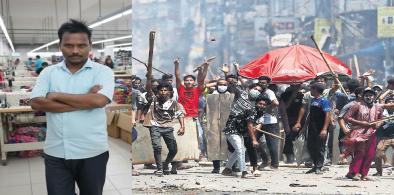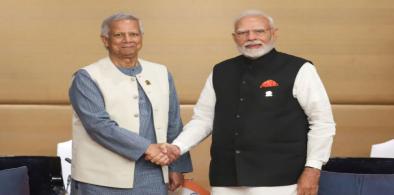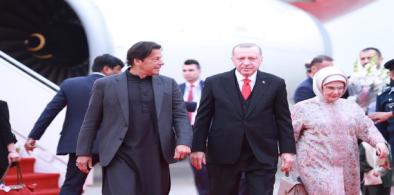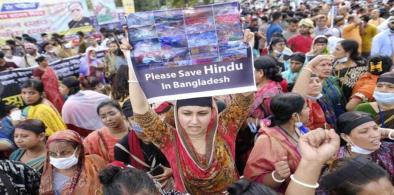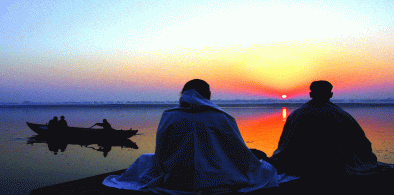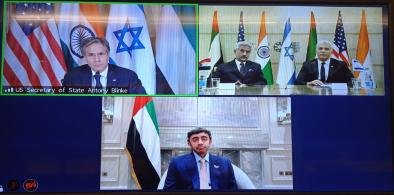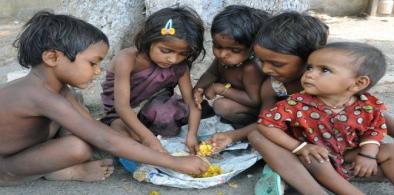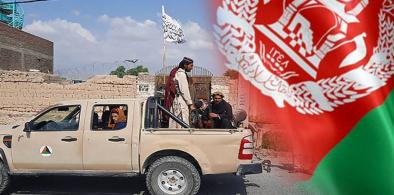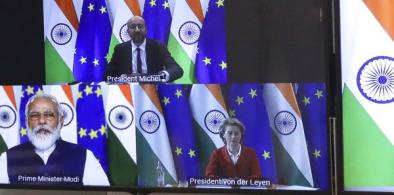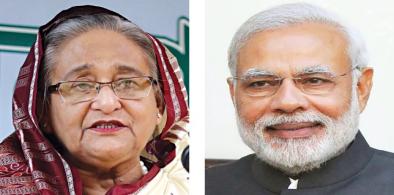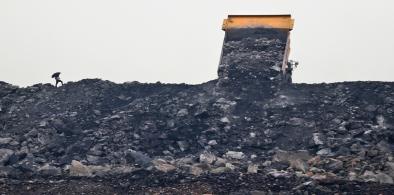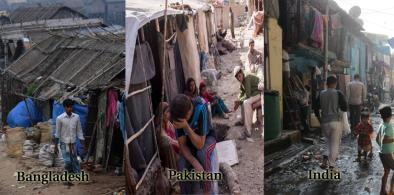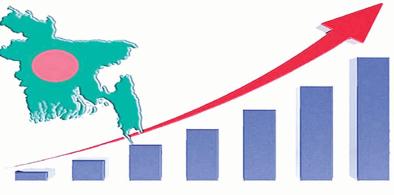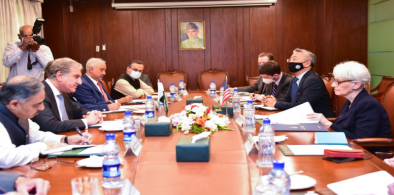The Turkish actors are immensely popular in Pakistan, even as the women actors, glamorous and without any veils, even sporting swimwear in real lives, have drawn criticism from the Pakistani conservatives, writes Mahendra Ved for South Asia Monitor

Nepal's Political Transition: An Unfinished Business
Moderator Khushi Kabir repeatedly situated Nepal’s uprising within a broader South Asian context, drawing parallels with recent mass movements in Sri Lanka and Bangladesh. She described Nepal’s experience as part of a regional reckoning driven by youth demanding accountability, dignity, and meaningful participation in governance.
PNS Khaibar: A Milestone in Pakistan-Turkey Strategic Cooperation
With PNS Khaibar's delivery Pakistan and Türkiye are taking their relationship to a new level which is not limited to traditional political friendship. At the handover ceremony, Erdoğan described the relationship between the countries as "brotherly ties" and emphasised the need to further collaborate in defence production. The naval leadership of Pakistan also pointed to the fact that the partnership should benefit Pakistan in achieving its overall maritime modernisation.
A Nation At Crossroads: Islamist Terror, Minority Persecution, And The Burning of Bangladesh’s Conscience
What is unfolding in Bangladesh bears unsettling resemblance to trajectories seen in Pakistan and Afghanistan, where false blasphemy accusations have long been used to terrorize minorities and silence dissent. Once such violence is tolerated, it expands - devouring journalists, artists, reformist Muslims, and eventually the state itself.
Bangladesh–India Relations at a Crossroads: Needed Recalibration, Not Rupture
The current strains in Bangladesh–India relations should therefore be seen not as an inevitable deterioration, but as a test of diplomatic maturity. Bangladesh and India share more than geography and history; they share a responsibility to ensure that temporary political frictions do not harden into structural mistrust. In a time of regional uncertainty, neither country benefits from a relationship defined by grievance or miscommunication.
Minorities under assault in Bangladesh: Can civil society turn the tide?
While the ruling Awami League remains committed to protecting the minorities, the administration has been often unable to prevent Islamist rampages, writes Tapas Das for South Asia Monitor
India’s philosophical, spiritual traditions can give a new direction to global sustainable development
Instead of following the unsustainable growth example of the US and China, which is based on extreme greed and a very materialistic outlook, we should give the world a new direction of development where high technology is guided by spirituality, writes Anil K. Rajvanshi for South Asia Monitor
Rare praise from Pakistan is grudging recognition of Bangladesh's success story
Had it not been exploited by Pakistan economically for 24 years (1947-71), Bangladesh would have gone further ahead, writes Pathik Hasan for South Asia Monitor
India, Israel, US and UAE: Making of a new Middle East Quad?
In a cooperative set-up of the four nations focused on the Middle East, UAE has the capital, Israel and the US the technology edge and India the manufacturing and execution capability, writes Arul Louis for South Asia Monitor
Global Hunger Index 2021: India needs to do more on child nutrition, responsive village-level governance
The GHI ranking given to India is certainly a wake-up call for the country, writes Partha Pratim Mitra for South Asia Monitor
The new Great Game in Af-Pak theatre: Is Afghanistan again becoming a springboard for international terrorism?
Pakistan has shifted anti-India terrorist camps into Afghanistan and there is evidence of the Taliban allowing Harkat-ul Ansar (HuA) to push terrorists from Afghanistan into Kashmir, writes Lt Gen P. C. Katoch (retd) for South Asia Monitor
EU's new Indo-Pacific strategy is in sync with India's security perspective
The new strategy is a most welcome development for India, which had been juggling its national security interests in this vast and volatile region with support, as usual, from France, writes Amb. Bhaswati Mukherjee (retd) for South Asia Monitor
India-Bangladesh ties in review: Youth of both countries need to have a stake in bilateral friendship and cooperation
In this 50th year of Bangladesh’s liberation, need India remind them that in 1971 it sheltered over 10 million Bangladeshi refugees without a whimper, with hardly any foreign aid, and that all Indians kept paying for decades afterward to defray the cost to the nation?, writes Amb. Sarvajit Chakravarti (retd) for South Asia Monitor
Can India's looming power crisis impact Indian economic revival?
India’s energy problems, however, are not unique as its powerful neighbor, China, too, is experiencing serious shortages of electricity, writes N. Chandra Mohan for South Asia Monitor
South Asia's housing crisis: Yawning gap between slogans and ground realities
South Asia has an approximate population of 1.9 billion —about 23 percent of the world population — with a substantial number of slum dwellers and homeless, writes Nirupama Sekhri for South Asia Monitor
South Asian neighbors can gain by following Bangladesh’s economic growth model
According to the Center for Economic and Business Research (CIBR), a British economic research institute, Bangladesh will be the 34th largest economy by 2025, 26th by 2030 and 25th by 2035 if its economy continues to grow and develop like it is now, writes Pathik Hasan for South Asia Monitor
Bangladesh megaprojects can be economic game-changers, but cost and corruption are major challenges
Bangladesh is trying to utilize megaprojects as a lever to turn the country into a lucrative investment destination, writes Kazi Mohammad Jamshed for South Asia Monitor
A message for Pakistan that Islamabad fails to see
The world has moved on, but Pakistan - and its ideological fellow traveler, the Taliban - seem to be caught in a regressive time warp from which it is unable to extricate itself, writes Tarun Basu for South Asia Monitor
Can India China-proof its telecom sector?
India’s dependence on China in the telecom sector is unlikely to reduce in the foreseeable future, writes N Chandra Mohan for South Asia Monitor



